The Art of Nguyen Tai
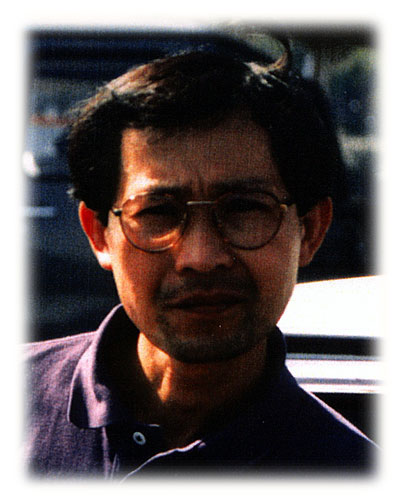

Nguyen Tai was born in Vietnam in 1958. He graduated in the Fine Arts at the University of Laval, Quebec. He has been exhibiting his work since 1987, including solo exhibitions at both the Museums of Civilization in Ottawa and Quebec.Tai speaks of his art as a ‘way’ to understand love, life and death. Like the practice of Zen Buddhism which informs his life, he regards painting as a form of transcendental meditation or prayer, as a manner of being-in-the-world with others, of sharing life’s hard-earned joys and serenities.
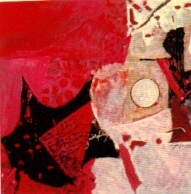 |
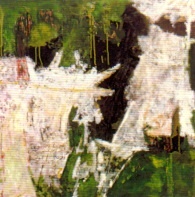 |
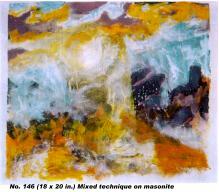 |
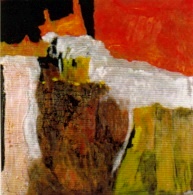 |
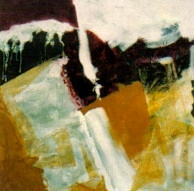 |
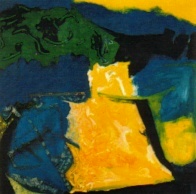 |
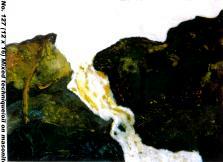 |
|
MONTREAL SERAI: What is the relationship between your study
and practice of Zen meditation and Zen painting?
NGUYEN TAI: To be honest, up until now, I have never regarded my created work as Zen. From what I understand of it, Zen painting is a very profound and difficult-to-achieve art in respect to its specific characteristics: simplicity, directness, and the emphasis of unity over form. Together, this allows for a certain kind of freedom that derives from mysterious spiritual forces that coalesce in the act of creating and painting, and is why Zen painters choose paper as the material best suited to the rigors of their inspiration. Paper is a fragile medium that demands the work be executed quickly, spontaneously, and without any possibility of correction once finished. In a typical Zen painting there is no composition, many straight lines and a scarcity of strokes. The artist is always in the service of his/her inspiration which directs the arms, fingers, and brush: only Zen masters can make Zen paintings.
SERAI: What prompted you to study Zen?
NGUYEN TAI: Before Zen, long periods of my life were marked by worry, excessive smoking and coffee consumption, and periodic indulgence of alcohol. As these habits prevented me from realizing my dreams, I became bitter towards myself and the world. At this stage of my life, I understood that I lacked the inner strength to save myself from myself, so I decided to study Zen, in order to develop the concentration required to bring my art (and my dreams) to a higher level. Like a child taking his first steps, it was a very slow and arduous process. Eventually, my understanding of Buddhism grew and a gradual transformation began to take place inside of me, allowing me to catch glimpses of the positive side of life. During that period, I wrote this poem:
Maple Village, evening High mountain, low clouds;
Clouds all around, the meditation hall fades
In the evening, there are deer passing by
and stopping at the sound of the bell.
Maple Village, quiet
The forest of a deep green
enveloped by clouds.
Sitting, breathing softly
while the sound of the bell lingers on
my worries lessen.
A few days at Maple Village
I return to the city
filled with love like a child.
SERAI: How has Zen changed your approach to life?
NGUYEN TAI: I’m calmer now. I feel more joy and peace within me. I have learned to love the simple things in life, to stop and listen, to be mindful of my thoughts and actions, to be more respectful of my body and mind as a way of showing gratitude to my ancestors.
SERAI: And how has Zen changed your approach to painting?
NGUYEN TAI: I paint more freely, allowing my unconscious intuition to direct my arms and brush. In my paintings I use the 3 symbols of Zen: mountain, moon and space. The mountain symbolizes stability, the moonlight represents softness and quietude while space is an expression of the immensity of the mind, of life and emptiness. When you sit to practice meditation, your posture should be stable, like a mountain, because stability is a condition for concentration.
My paintings are not at all intellectual. I believe the visual arts in general should strive to create harmony, purity, and dissipate worries and suffering.
Painting should be like a soft chair, or a well fitted pair of shoes, or comfortable clothes which are conducive to calm and relaxation. In this way, one comes closer to nature, to time and space where there is no beginning or end.
There is nothing new in my paintings, just what has been created in nature millions of years ago. The inspiration for my creation comes from a close and very deep examination and communion with one thing -- the texture and nature of which I try to reproduce.
* * * * * * * *
Nguyen Tai's art can be seen at La Galleria, west of the Montreal Museum of Fine Arts at 1618 Sherbrooke St. The gallery includes works from Genevieve Deslauriers, Raka B. Saha, Sydney Berne, Patricia Johnston, and Florence Bryson-McMaster. The gallery also specializes in artifacts from China, South East Asia, Central America and Mexico.

1618 Sherbrooke St. Montreal, Quebec - (514) 932-7585
THE END